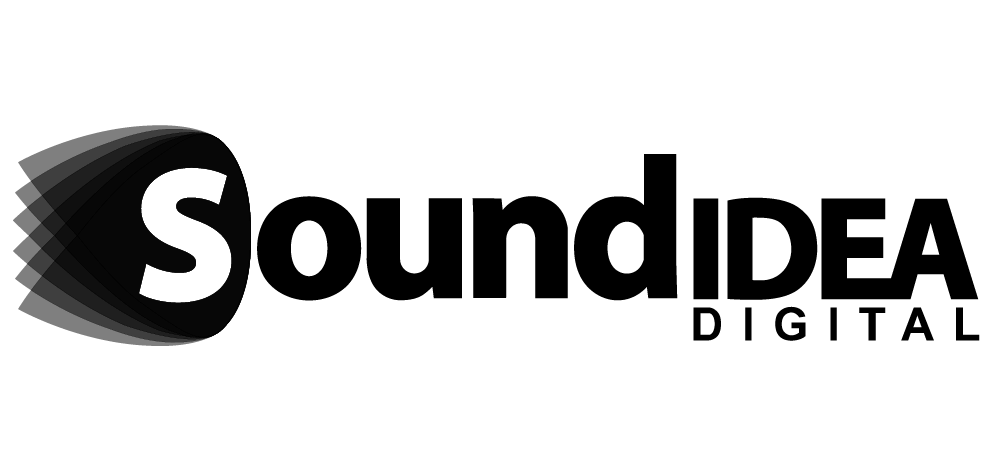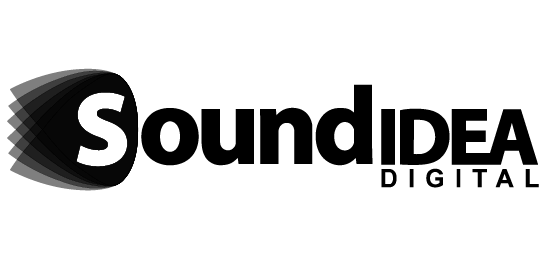
Effective Product Technical Training with an eLearning LMS
Creating product-specific technical training that works in the real world requires more than static manuals or ad-hoc workshops. A well-structured eLearning LMS transforms complex tasks—such as assembly, calibration, and firmware updates—into interactive, measurable learning experiences. This approach not only improves knowledge retention but also ensures consistency across dispersed teams, reduces downtime, and boosts operational performance.
By using an eLearning LMS, organisations can centralise training resources, enforce content version control, and provide compliance-ready certification pathways. More importantly, the platform becomes a living repository of practical know-how, accessible to technicians and operators on any device, anywhere, at the moment of need. The result is a streamlined path from learning to doing, with the confidence that every individual is following the most up-to-date procedures.
Product Overview
The foundation of any effective training programme is a clear and engaging product overview. This should articulate the product’s purpose, core features, and the value it brings to end-users or clients. Visual aids such as product diagrams, introductory videos, and quick-reference sheets help learners understand how the product solves specific problems, and which functions matter most in day-to-day operations.
Including a concise specification table ensures that learners are aware of critical technical details from the outset, while highlighting the operational capabilities that differentiate the product. Within the eLearning LMS, this information can be structured into micro-modules for quick review, ensuring that even experienced technicians can refresh their knowledge before performing critical tasks.
Component Identification
Recognising and understanding each component of the product is essential for accurate assembly, maintenance, and troubleshooting. High-quality images, exploded diagrams, and interactive 3D models make this process both efficient and engaging. Annotated visuals provide context for each part’s function, location, and relationship to the whole system.
In an eLearning LMS, these visual resources can be paired with interactive exercises, such as drag-and-drop labelling activities, to reinforce recognition skills. Including spare part numbers, material specifications, and usage tips ensures technicians have both theoretical and practical knowledge, reducing errors and improving service quality.
Assembly Procedures
Detailed, step-by-step assembly instructions form the backbone of technical training. Each step should outline the tools and materials required, estimated completion time, safety precautions, and verification checks. High-resolution images and short instructional videos allow learners to see each action in context, making complex processes more manageable.
The eLearning LMS enables these procedures to be broken down into sequential modules, with quizzes or simulations to confirm understanding before moving on. This modular approach allows learners to progress at their own pace while ensuring no critical step is missed, ultimately improving assembly accuracy and reducing the risk of rework.
Operating Instructions
Clear operating instructions ensure that trained staff can use the product efficiently and safely. This section should cover normal operations, special modes, and any specific environmental conditions or settings that affect performance. A quick-start guide is useful for immediate use, while a full operational manual provides deeper technical context.
Embedding these resources in an eLearning LMS makes them easily accessible during field operations. Scenario-based exercises, where learners must choose the correct operational sequence or settings, can help bridge the gap between theory and application, ensuring that correct practices become second nature.
Maintenance Routines
Routine maintenance keeps the product operating at peak performance and extends its lifecycle. Training should cover cleaning processes, calibration schedules, parts replacement, and lubrication requirements, all tailored to specific intervals such as daily, monthly, or annually.
An eLearning LMS can automate maintenance reminders and link each procedure to related training modules, ensuring technicians can review correct methods before starting the task. By tracking maintenance training completions alongside actual service records, organisations can identify gaps and reinforce skills proactively.
Troubleshooting Common Issues
When issues arise, effective troubleshooting minimises downtime and avoids unnecessary repairs. A troubleshooting matrix that links symptoms to probable causes, diagnostic tests, and corrective actions is an invaluable resource. Flowcharts and guided decision-trees help technicians methodically work through problems.
Through an eLearning LMS, interactive troubleshooting simulations can replicate real-world issues, requiring learners to make diagnostic decisions and see the consequences of their actions. This hands-on approach develops confidence, accuracy, and speed in resolving problems on the job.
Safety Precautions
Product-specific safety training protects both personnel and equipment. It should include a hazard analysis, required protective gear, and procedures for emergency shutdown, lockout/tagout, and hazard communication. Clear, actionable instructions prevent incidents and ensure compliance with industry regulations.
Delivering safety modules via an eLearning LMS ensures that all personnel receive standardised training, with completion records and certification stored for audit purposes. Scenario-based safety assessments also test decision-making under simulated high-risk conditions, reinforcing correct responses.
Software and Firmware Setup
For products that include a digital interface or embedded system, proper software and firmware setup is crucial. Training should cover installation steps, initial configuration, network integration, and safe updating processes. Emphasising rollback plans and data protection ensures system integrity during updates.
An eLearning LMS can host both instructional content and update notifications, pushing new setup guides or firmware procedures directly to relevant learners. Tracking completion of these modules ensures that only trained staff carry out system changes.
Version or Model Differences
When multiple versions or models exist, understanding the differences is critical. Comparative tables highlighting changes in components, firmware, or operational capacity provide a quick reference for technicians. This prevents the application of outdated instructions and avoids compatibility issues.
In the eLearning LMS, content can be tagged by model number, ensuring that learners automatically access the most relevant materials. This targeted delivery improves efficiency and reduces the likelihood of mistakes caused by cross-model confusion.
End-of-Life Handling
At the product’s end-of-life stage, correct handling protects the environment and complies with regulations. Training should cover identifying non-serviceable units, safe removal of hazardous materials, and recycling or disposal processes.
Integrating end-of-life training into the eLearning LMS ensures consistent compliance and provides a permanent record of who has been trained in these procedures. This approach supports corporate sustainability goals while protecting brand reputation.
A well-designed eLearning LMS for product-specific technical training is more than a digital manual—it’s a dynamic, interactive learning environment that drives measurable improvements in safety, efficiency, and product performance. By combining rich multimedia content with structured assessments and tracking, you can ensure that every technician has the skills and knowledge to perform their role effectively.
If you are ready to create or improve your own eLearning LMS programme for product training, contact Sound Idea Digital. We will work with you to design, implement, and maintain training that delivers real operational results.



